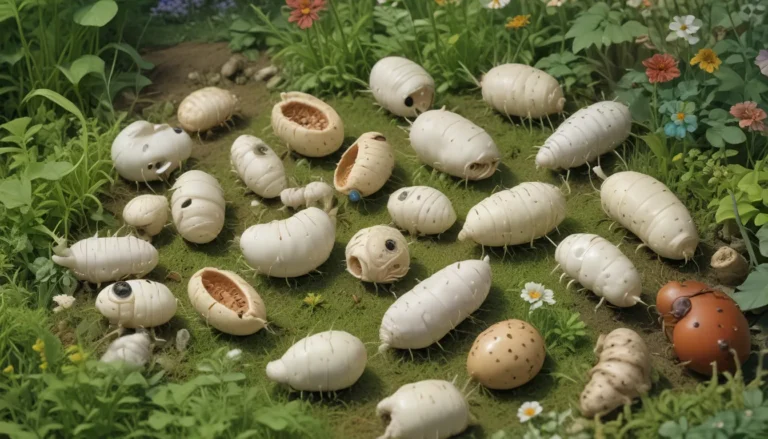A Comprehensive Guide on Identifying, Preventing, and Treating Bacterial Leaf Spot on Turnip Crops

Turnip crops are vulnerable to bacterial leaf spot infections caused by Pseudomonas syringae pv. maculicola and Xanthomonas campestris pv. amoraciae. These diseases can quickly spread throughout a field, rendering the greens inedible. Prevention is key to combating these bacterial leaf spot infections on turnips.
Understanding Bacterial Leaf Spot Infections
Bacterial leaf spot infections typically start as small, water-soaked lesions on turnip leaves. The lesions caused by Xanthomonas infections appear olive green, while those from Pseudomonas are brown. As these lesions grow and merge, yellow halos form, especially noticeable in Xanthomonas infections. The lesions from Pseudomonas infections are often referred to as peppery leaf spots due to their appearance. Severe infections can make the leaves brittle and lead to plant death.
Factors That Favor Infection
Both types of bacteria thrive in wet conditions. While infected seeds are a common source of infection, the diseases can also spread through rainfall, irrigation, contaminated equipment, or boots. Pseudomonas infections are more prevalent in cooler temperatures during early spring or fall, typically when daytime temperatures range from 65°F to 75°F. Conversely, Xanthomonas infections are more common in warm summer temperatures.
Proactive Strategies for Preventing Bacterial Leaf Spot
Preventing bacterial leaf spot infections is crucial due to the challenges of eradicating established infections. Here are some proactive measures to minimize the risk of infection:
-
Only Use Quality Seed: Commence with high-quality seeds, as contaminated seeds are a common carrier of bacterial infections. Quality seed from reputable suppliers grown in dry climates reduces the likelihood of disease transmission.
-
Crop Rotation: Plant turnips in soil devoid of cruciferous plants for at least two years to prevent diseases from previous crops.
-
Control Weeds: Eliminate cruciferous weeds like wild mustard and shepherd’s purse that can harbor disease-causing bacteria.
-
Sanitation: Avoid transferring soil from infected areas to healthy plants. Practice good hygiene by cleaning tools, boots, and hands between gardening tasks. Refrain from working in wet conditions to prevent pathogen spread.
-
Irrigation: Limit irrigation frequency to reduce moisture levels conducive to bacterial leaf spot development.
Remedial Measures for Infected Turnip Plants
If bacterial leaf spot infections are detected early, applying copper sprays can help salvage affected turnip plants. Use liquid copper treatments, such as BONIDE® Liquid Copper Fungicide, ensuring thorough coverage of leaf surfaces every 7-10 days throughout the growing season. Reapply after rain to maintain effectiveness. Nevertheless, extreme environmental conditions may hinder treatment efficacy, potentially leading to crop loss despite intervention.
Conclusion
Bacterial leaf spot infections pose a significant threat to turnip crops, necessitating proactive prevention strategies. Initiating cultivation with quality seed, implementing crop rotation, weed control, and sanitation practices, along with judicious irrigation management, can help mitigate the risk of infections. Timely treatment with copper sprays may offer a chance to salvage infected plants, although success is not guaranteed. Stay vigilant against bacterial leaf spot on turnips to safeguard your crop yield.
Have you encountered bacterial leaf spot on your turnips? Share your experiences in the comments below.
Explore additional information on turnip diseases, such as Downy Mildew, White Rust, and Alternaria Leaf Spot, to enhance your cultivation practices and disease management.
Disclaimer: This article contains affiliate links through which we may earn a commission if you make a purchase.





